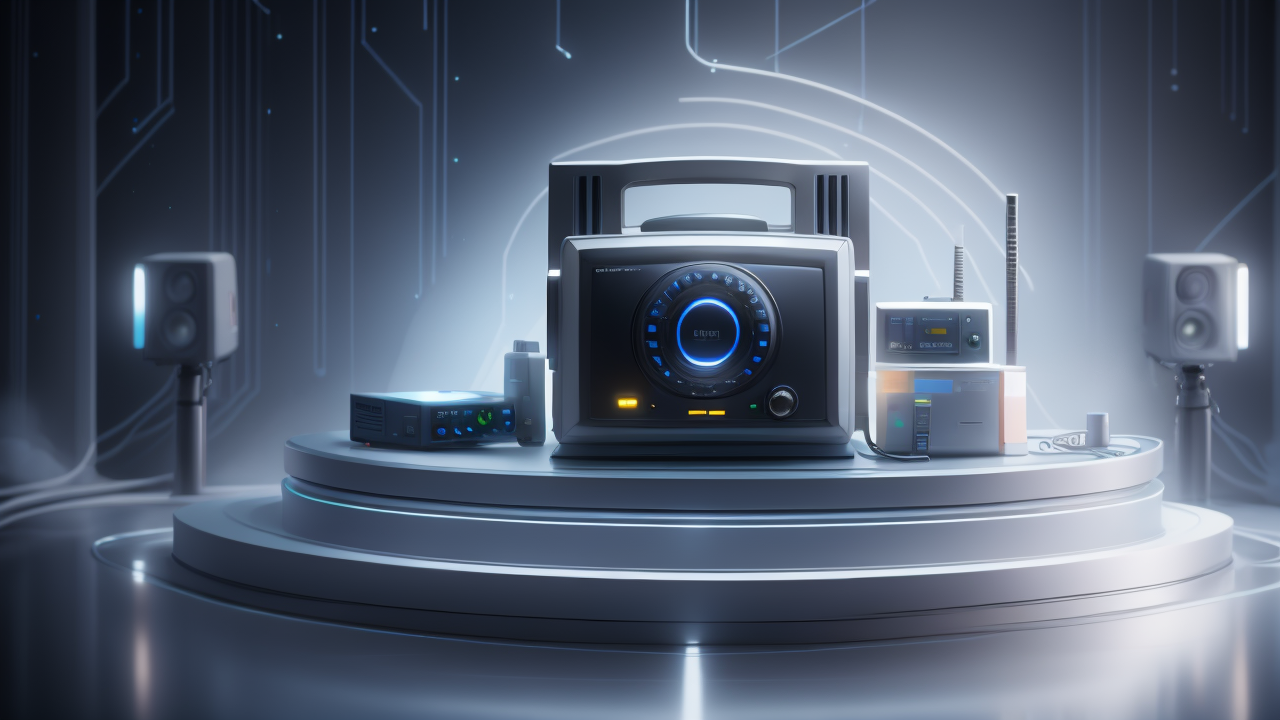Understanding Long Range Walkie Talkies: Features and Capabilities
The Technology Behind Long Range Communication
Long range walkie talkies use advanced radio technology to send signals over vast distances. They operate on specific frequencies, often UHF or VHF bands. These devices use powerful transmitters and sensitive receivers to boost range.

Many models feature digital signal processing. This tech improves audio quality and extends range. Some use trunking systems to manage multiple channels efficiently. GMRS (General Mobile Radio Service) is a popular system for long-range communication.
Advanced antennas play a crucial role in extending range. Many high-end models have removable antennas. This allows users to upgrade for even better performance. Some devices use repeater stations to relay signals, further increasing range.
Critical Features of High-End Walkie Talkies
Top-tier long range walkie talkies come packed with essential features:
- Extended battery life (Often 12+ hours)
- Water and dust resistance (IP67 rating or higher)
- Multiple channels (Usually 16 or more)
- Privacy codes to reduce interference
- Voice activated transmission (VOX)
- Emergency alert buttons
- GPS location sharing
- Bluetooth connectivity for hands-free use
- Backlit displays for night use
- Noise cancellation technology
These features ensure reliable communication in various conditions. They make the devices suitable for professional and serious recreational use. The best models balance functionality with user-friendliness.
Range and Reliability: What Sets Long Range Devices Apart
Long range walkie talkies stand out due to their impressive communication distance. Top models can reach up to 35 miles in ideal conditions. However, real-world range often varies based on terrain and obstacles.
Reliability is key for these devices. They must work in challenging environments. Many models have rugged builds to withstand drops and harsh weather. Clear audio is crucial, even in noisy settings.
Advanced long range devices often have dual-band capabilities. This allows them to switch between UHF and VHF frequencies. It helps maintain connection in different environments. Some high-end models can even connect to cellular networks for truly global reach.
The Best Long Range Walkie Talkies on the Market
Top Picks for Public Safety and Security Professionals
Public safety and security professionals need robust, reliable communication tools. Here are top picks for this sector:

- Motorola APX NEXT: A top-tier device with advanced features and durability.
- Kenwood NX-5000 Series: Offers multi-protocol support and excellent audio quality.
- Harris XL-200P: Known for its rugged design and long battery life.
- Hytera PD982: Provides both analog and digital modes with impressive range.
These models offer encrypted communication, GPS tracking, and emergency features. They're built to withstand harsh conditions and provide clear audio in noisy environments. Many support integration with dispatch systems and other safety equipment.
Recommendations for Hobbyists and Preppers
Hobbyists and preppers often seek reliable, long-range communication without breaking the bank. Here are solid options:
- Midland GXT1000VP4: Offers good range and water resistance at a reasonable price.
- Cobra ACXT1035R FLT: Features a built-in flashlight and floating design.
- BaoFeng UV-5R: Popular for its versatility and low cost.
- Radioddity GM-30: Provides good range and features for its price point.
These devices balance affordability with decent range and features. They're suitable for outdoor activities, emergency preparedness, and general use. Many offer weather alerts and multiple channels for flexibility.
Evaluating Long Range Walkie Talkies for Businesses and Event Organizers
Businesses and event organizers need reliable communication over large areas. Here are top choices:
- Motorola RDX Series: Durable and simple to use, ideal for various business settings.
- Kenwood ProTalk XLS TK-3230: Compact yet powerful, great for retail and hospitality.
- Icom IC-F1000: Offers good range and clarity, suitable for large event spaces.
- Hytera BD502i: Digital radio with good battery life and clear audio.
These models offer features like private calling, group communication, and easy programming. They're designed for daily use in various business environments. Many have long battery life and can integrate with existing communication systems.
Legal and Ethical Considerations of Long Range Radios in the United States
Regulations and Licensing Requirements
In the US, the FCC regulates radio use. Different radio services have specific rules:

- FRS (Family Radio Service): No license required, but limited power and range.
- GMRS (General Mobile Radio Service): Requires a license, but allows higher power and range.
- Amateur Radio: Requires passing a test and getting a license.
GMRS licenses are easy to get but cost $70 for ten years. Amateur radio licenses require studying and passing an exam. Using the right frequencies and power levels is crucial to stay legal.
Some long range walkie talkies can access multiple radio services. Users must ensure they're operating within legal limits for each service. Modifying radios to access restricted frequencies is illegal and can result in hefty fines.
Ethical Use and Privacy Concerns
Long range walkie talkies raise privacy concerns. Users can potentially overhear conversations from far away. It's crucial to respect others' privacy when using these devices.
Ethical considerations include:
- Not interfering with emergency communications
- Avoiding eavesdropping on private conversations
- Using appropriate language on shared frequencies
- Respecting quiet hours in residential areas
Many channels are shared. Users should keep conversations brief and relevant. In emergencies, it's important to yield to official communication channels.
Best Practices for Responsible Ownership
Responsible use of long range walkie talkies involves several best practices:
- Know the laws and regulations in your area.
- Use the minimum power necessary for communication.
- Keep conversations short and to the point.
- Regularly check and maintain your equipment.
- Be prepared to assist in emergencies if needed.
- Respect channel etiquette and other users.
- Protect your devices from unauthorized use.
Proper training is essential, especially for business or group use. Understanding how to use features like privacy codes and emergency channels is crucial. Regular practice ensures users can communicate effectively when it matters most.
By following these guidelines, users can enjoy the benefits of long range communication while being responsible members of the radio community.


